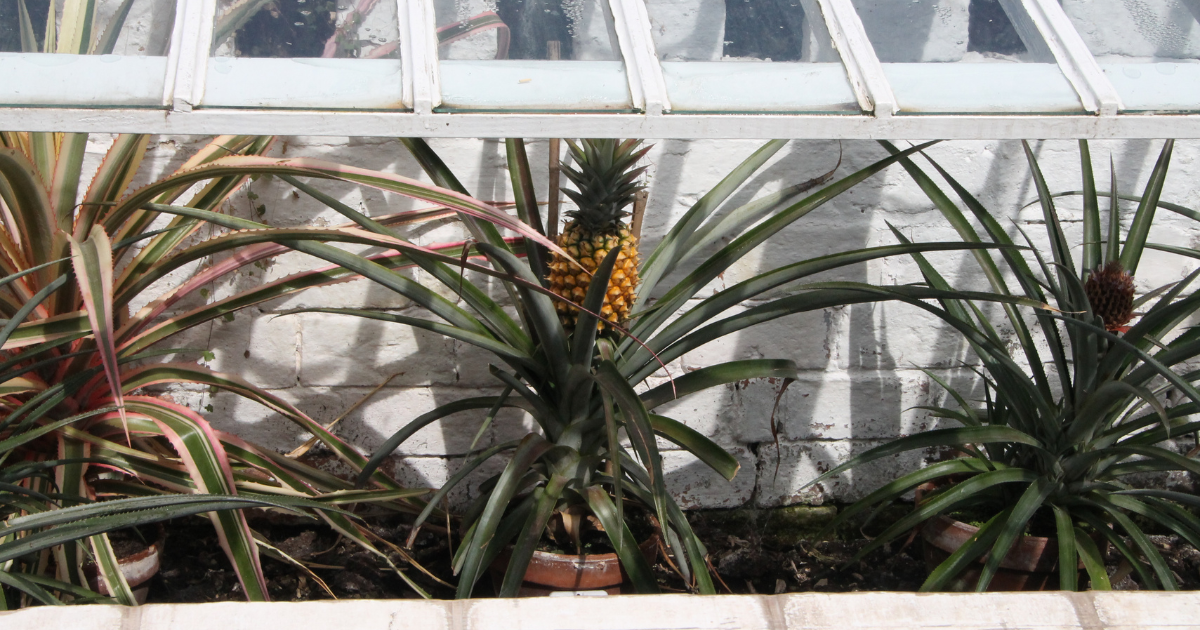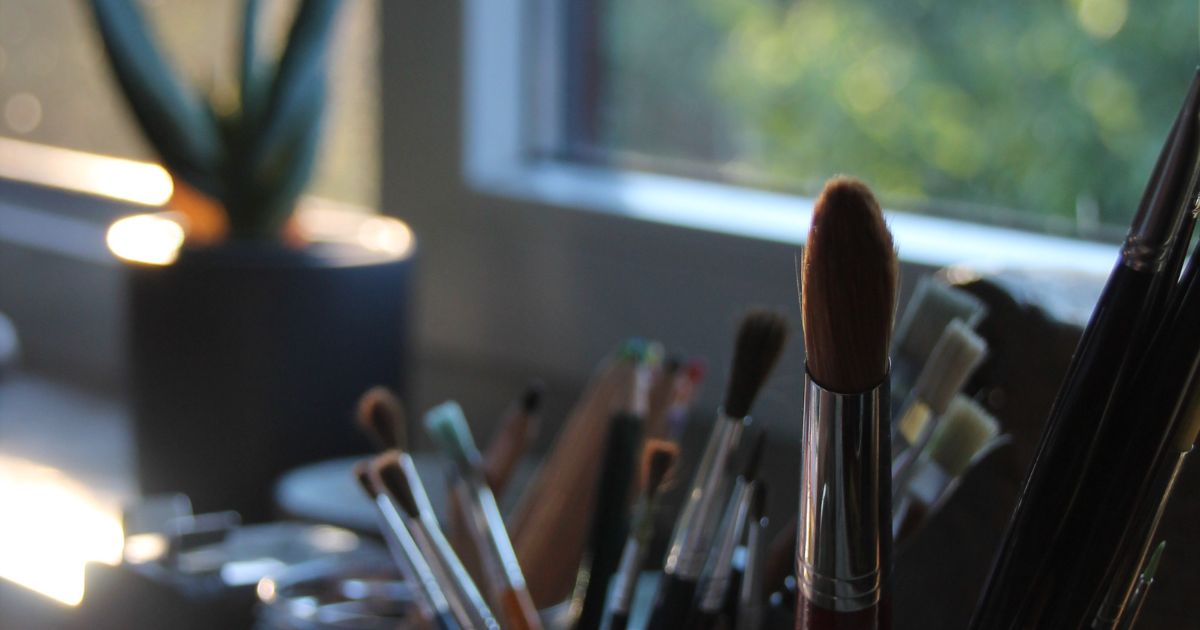There may be times when you can’t integrate seasonal living as much as you’d want to, or you’re just starting your journey and are overwhelmed by all those tips online OR your life is simply busy, you’re on a budget, don’t have enough resources and seasonality seems like something for the privileged and rich. Then my favourite, accessible way to integrate seasonal living into your life may be just right for you and it’s soooo easy. Read on and learn why wildflowers may help you with living seasonally and intentional.

Wildflowers as a Guide to Living Seasonally.
Most of us – me included – dream about living a slower life following the rhythms of the seasons. It’s a trend these days, a sort of counterculture movement against the hustle and pressure, against the stressful, busy lives we’re living, detached from nature. Instead, we’ve now kind of romanticised the idea that we just need to slow down, be intentional and integrate seasonal living and all is good. I can see that! I’d love to live that kind of life and I would be all in for it, but it’s not that realistic most of the time, isn’t it?
Anyway, learning about wildflowers may be difficult for those living in a concrete city, but even there grow plants or flowers that guide you through the year. I’ve never found anything easier than this to integrate some kind of seasonality and slow living into my life, while also connecting closely to nature and my surroundings. Even though I’m aware it’s much more accessible when you’re living in a rural area and not in the inner city.

However, through learning to identify wildflowers and when or even where they like to grow, you’ll learn a lot more about your area and the seasons. After a while (and that means at least one or two years to fully watch the seasons unfold; nature is slow after all) you’ll recognize patterns, are looking forward to seeing THAT plant bloom again in a specific spot or see differences depending on the weather. They guide you through the seasons, following a slow, natural flow stretching over the year.
How to Practice Seasonal, Slow Living with Wildflowers.
For a while now I’m very much into learning about native wildflowers. It all started with an interest in medicinal herbs and how to use and process plants that grow in nature for my health care practice. Today, as I strive to give back to the ecosystem on my doorstep, I’m trying to build an insect-friendly (aka wild bees-friendly) balcony, which grew my interest even more as I had to do (and still have to do) a lot of research due to a lack in available resources for balconies.
More and more, I recognized which flowers grow around my home (and which aren’t) and now it’s a true delight to see them year after year on walks and along the streets.
To implement this practice, the only things you must do is spending time outdoors, being open-minded, curious and settled in the here and now and having a willingness to learn. What essentially makes learning and identifying wildflowers a slow living practice, is that you need to be in the present moment, you need to look closely, you need to slow down and observe and through that you connect with nature. It’s far away from hustling and very much curiosity driven.
Why Is Learning About and Identifying Wildflowers an Accessible Practice?
While reading and researching about slow and seasonal living, I’ve noticed a big lack in the accessibility of it all. Not all of us have the time, money, energy or even wish to grow food or flowers at home, to boil our own marmalade, to ferment and process all food we grow or cook fresh and green every day. Furthermore, not all of us can spend “slow, quality” time – at a beach, in the hammock reading a book, rising at 9 o’clock, having a slow, nourishing breakfast, etc. – as it’s very much connected to privilege.
But learning about nature and the plants that grow in your local area is much more accessible. What you need to do is learning to differentiate and identify wildflowers and spend time watching nature. The best practice is to go on walks regularly, but you can also watch nature while you’re driving to work or in the parking lot of the supermarket or on the way to pick up your children. Even though getting into some sort of physical contact is more beneficial, it still needs to fit into your life. And the more knowledge you gather, the more flowers you’ll spot, the more aware you are getting about them even in your subconscious mind, which is pretty nice.
Where to Find Further Information About Wildflowers.
I’m aware that the ability to gather knowledge isn’t evenly distributed as well, but today it’s much easier to find useful information and even if your financial resources are tight, there are many possibilities to learn about wildflowers. I’ve collected some examples below.
- Get a book – a compendium will be a good start, but you can find many online that are specific for your region / country.
- Visit your local library if you can’t afford to buy a book
- Use a plant detector app – The one that I can recommend is Floraincognita. An App by a German research Institute that gives you lots of information.
- Use google lens – works ok, but not very precise all the time.
- Follow pages about wildflowers on socials – my favourite German social follows are robinga_schnoegelroegel, wildbienenglueck, wildbienenhelfer. I’m pretty sure you’ll find yours very quickly.
- Use google and save / remember your favourite websites (you’ll quickly figure out which ones you’ll like) – my favourite page to check plants (German only) is naturadb.de, but I also found this website from the Wildlife Trust for the UK and one from the University of Texas in Austin for the US and this page has a decent overview as well.
If you know about any good book, app or website let me know and I’ll link it!
Introducing 12 Wildflowers that are Native to Germany / Middle Europe and Grow Over The Year.
In the list below I’ve collected some common, but also some rare native wildflowers. If you want to grow them on your balcony or in your garden, always make sure (if possible) to buy the original wildflower and not a bred variety, as it’s much better for insects like wild bees or else. Also, there are obviously many more and you can’t really nail down their time of flowering to just one month. Often flowers bloom over several months, while each year looks slightly different depending on the weather. But that’s the cool thing about it and over time you’ll get a good feeling about your local eco-system and nature’s seasons in general.



Here’s the list of wildflowers.
January: Snowdrop
February: Coughwort
March: Fig Buttercup
April: Cuckoo flower
May: Common Lungwort
June: Cornflower
July: Wild Carrot
August: Loosestrife
September: Autumn Crocus
October: Winter Cherry
November: Winter Heath
December: Hellebore
Have you seen my Spring Flower Collection? It’s colourful, celebrating native and non-native spring flowers growing around my home.
What to Do Now? Some Ideas If You Want to Go Deeper.
First of all, I want you to know that you don’t have to do anything with it. It’s a nice and mindful practice to just learn and observe nature. We tend to want to make every new acquisition or skill into something useful or productive, but you don’t have to do this. It’s fine to just savour the moment.
However, if you want to take things further with the wildflowers, you could either just start growing them yourself, process them, if possible, dry them for decoration, or press them for creative play or paint them with different mediums. You can create cyanotypes prints or do bundle dying. The possibilities are manyfold.
My favourites right now are growing them on my balcony and painting them with watercolour.
I hope you enjoy connecting with nature in this way, as much as I do, and hopefully I could help you to get a bit of seasonal living into your life.







